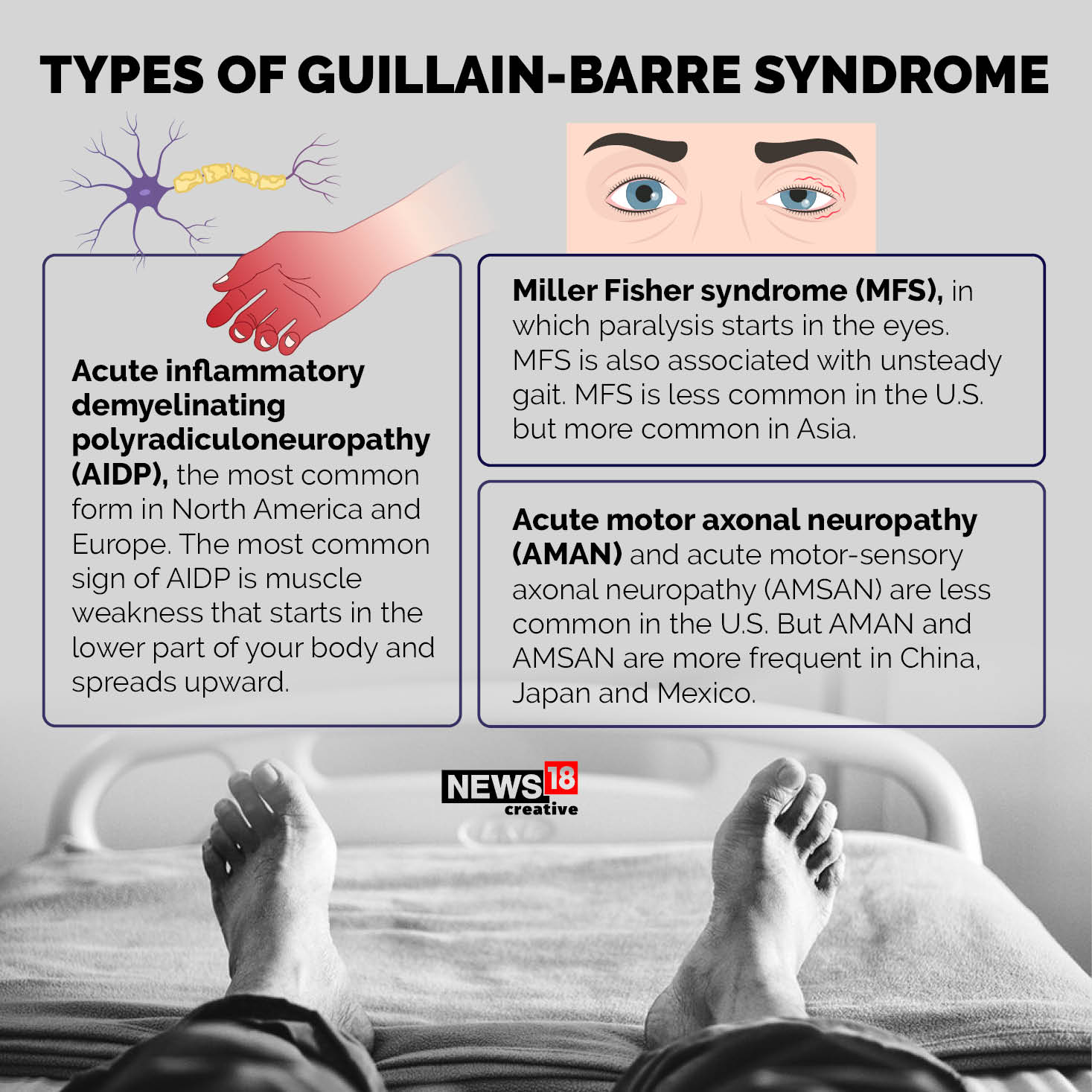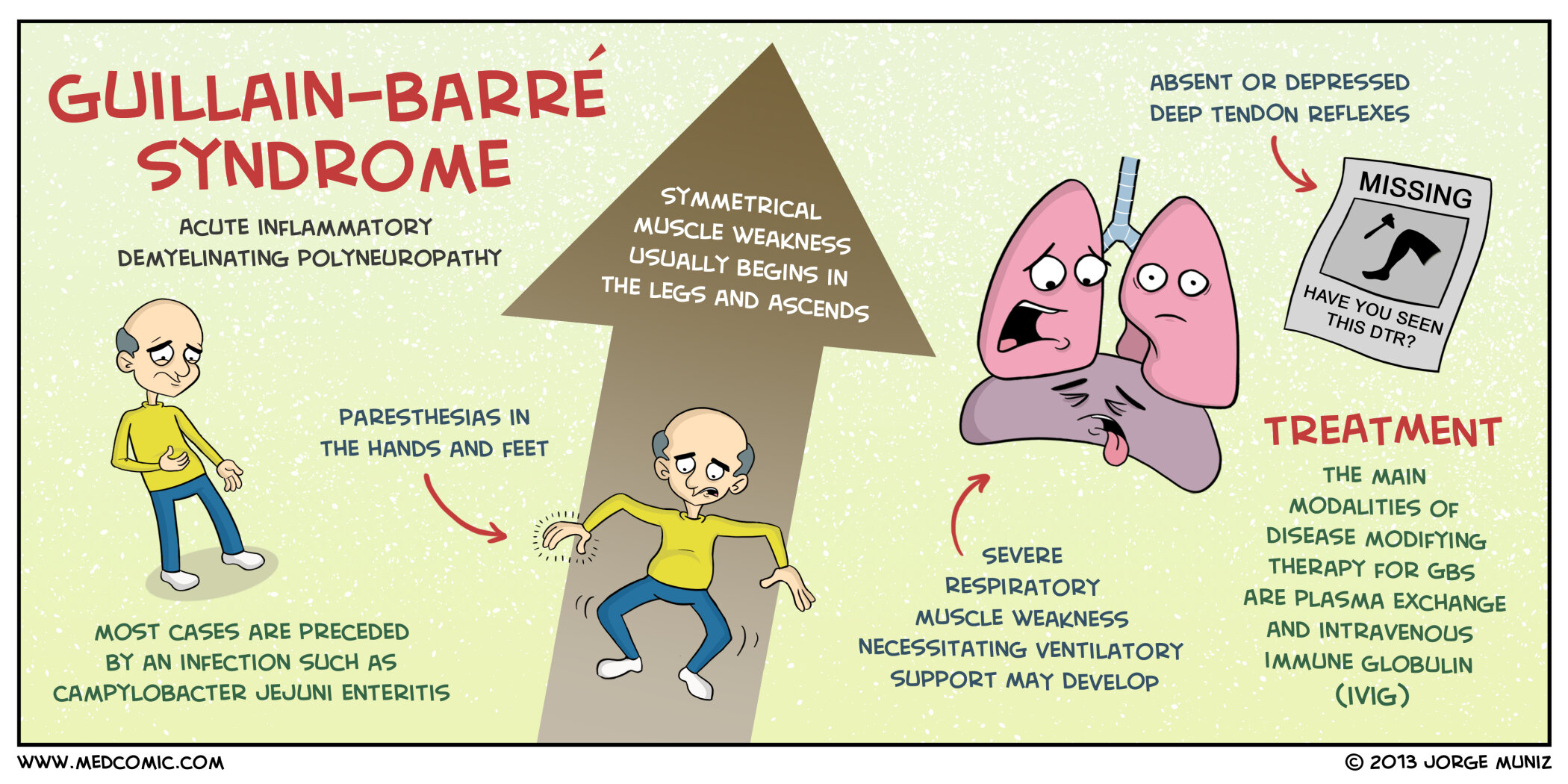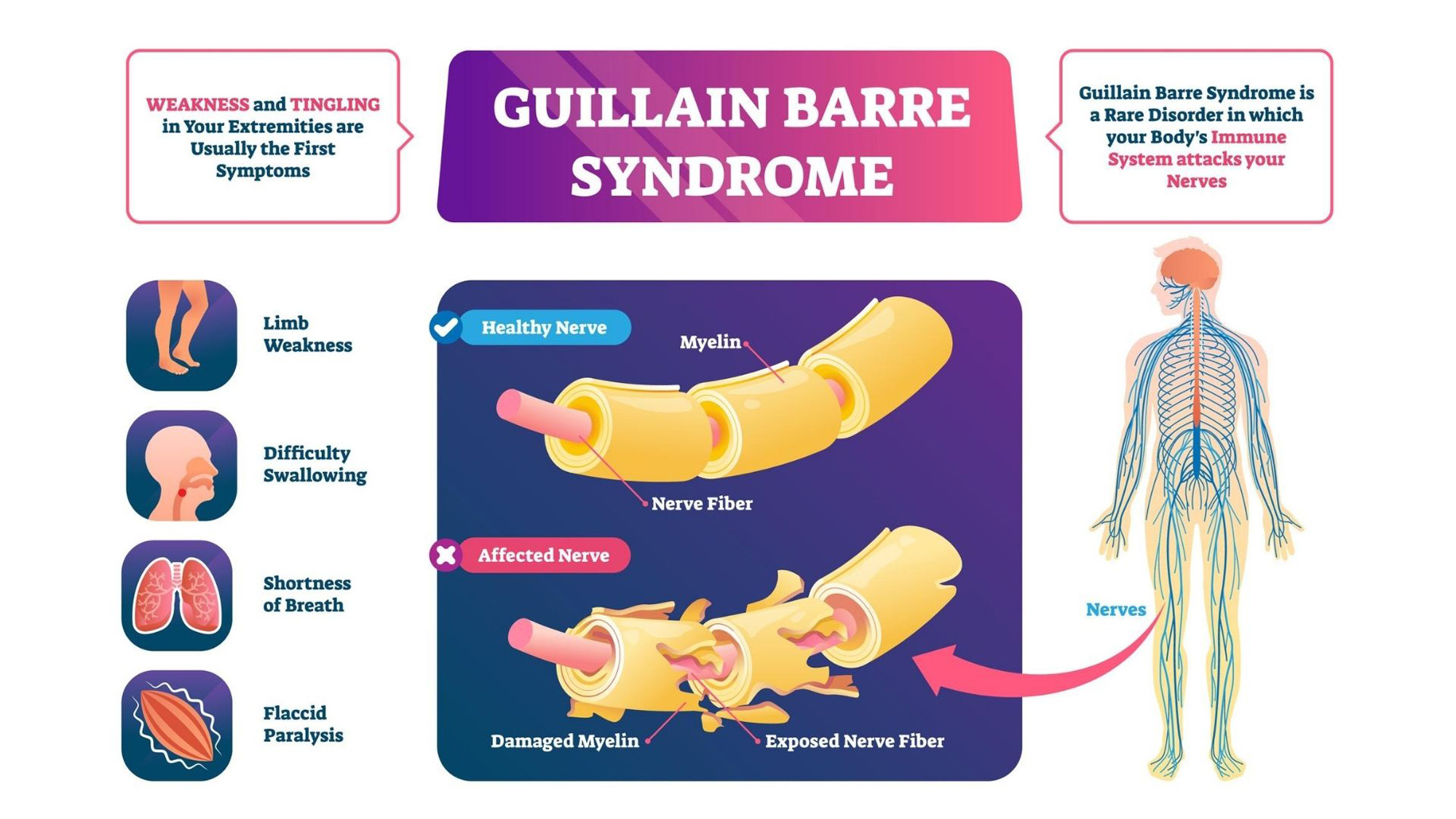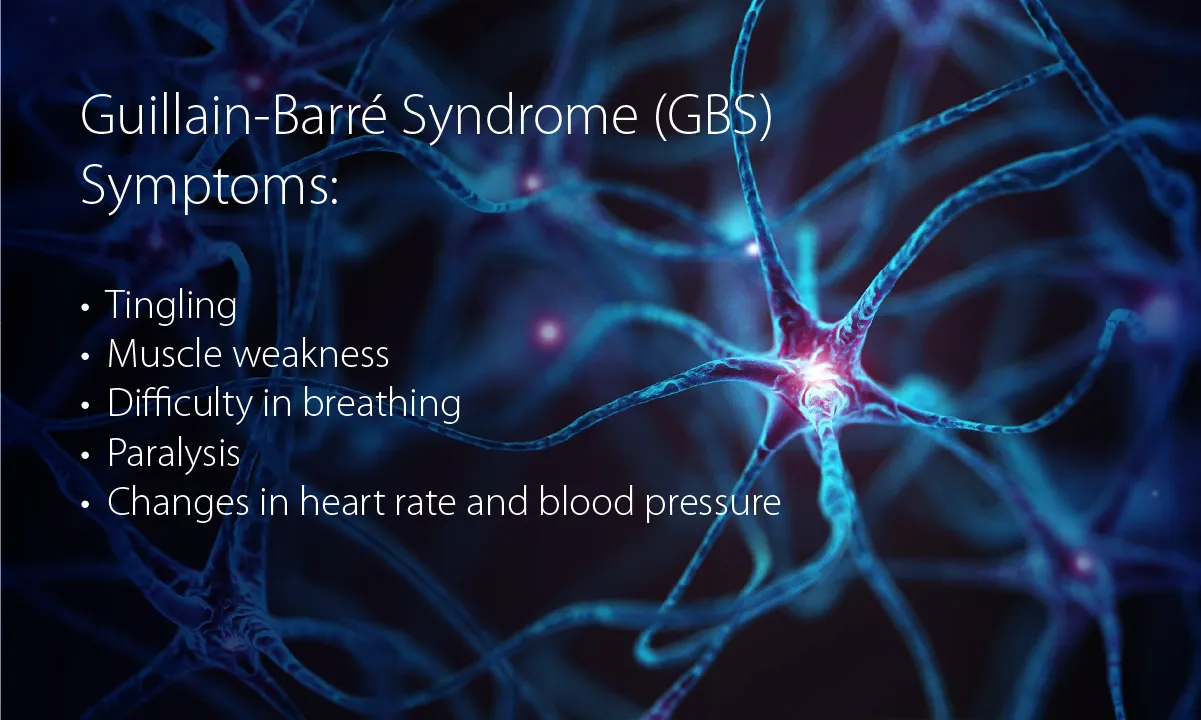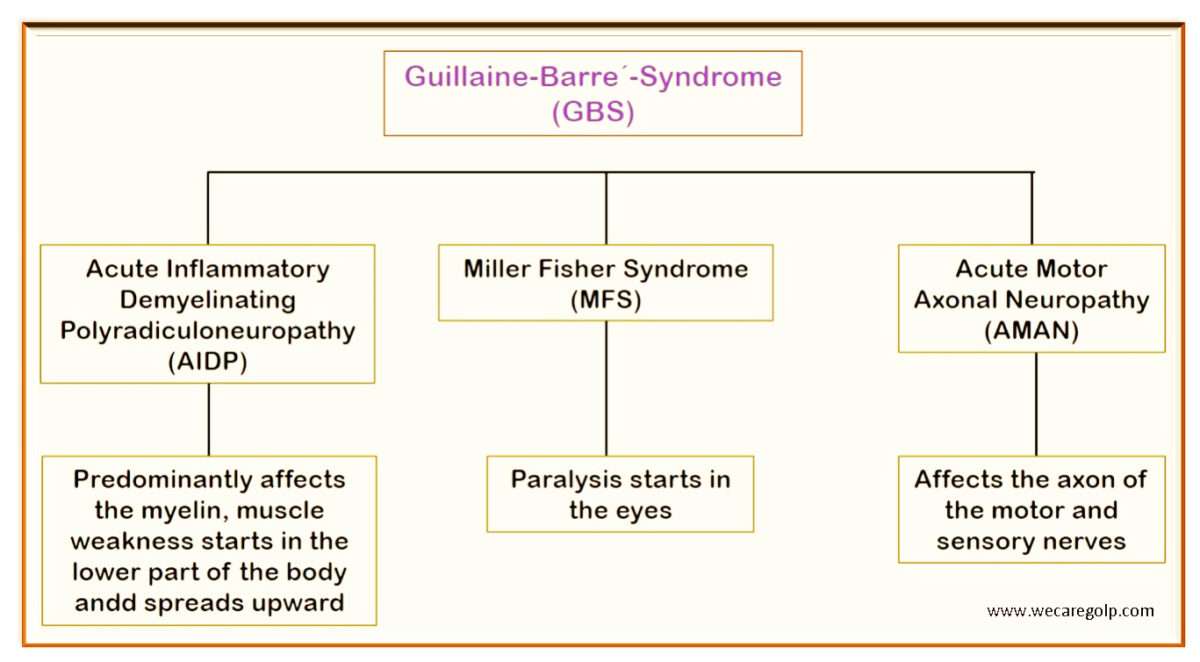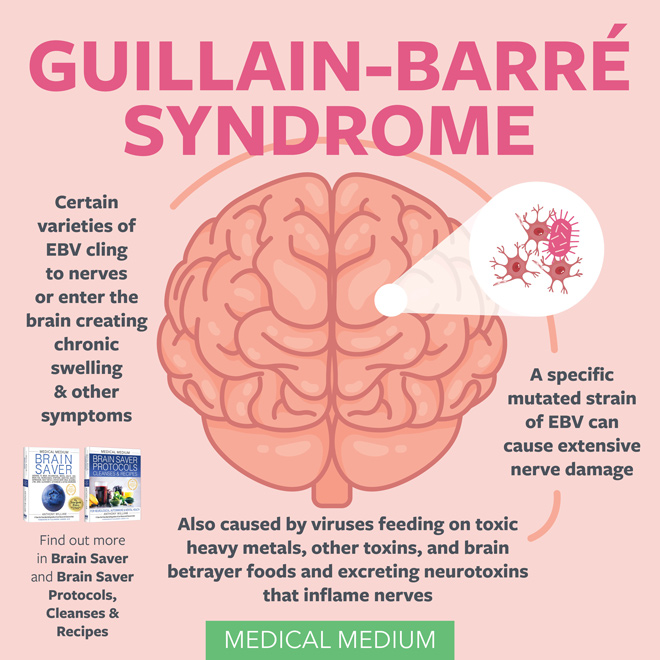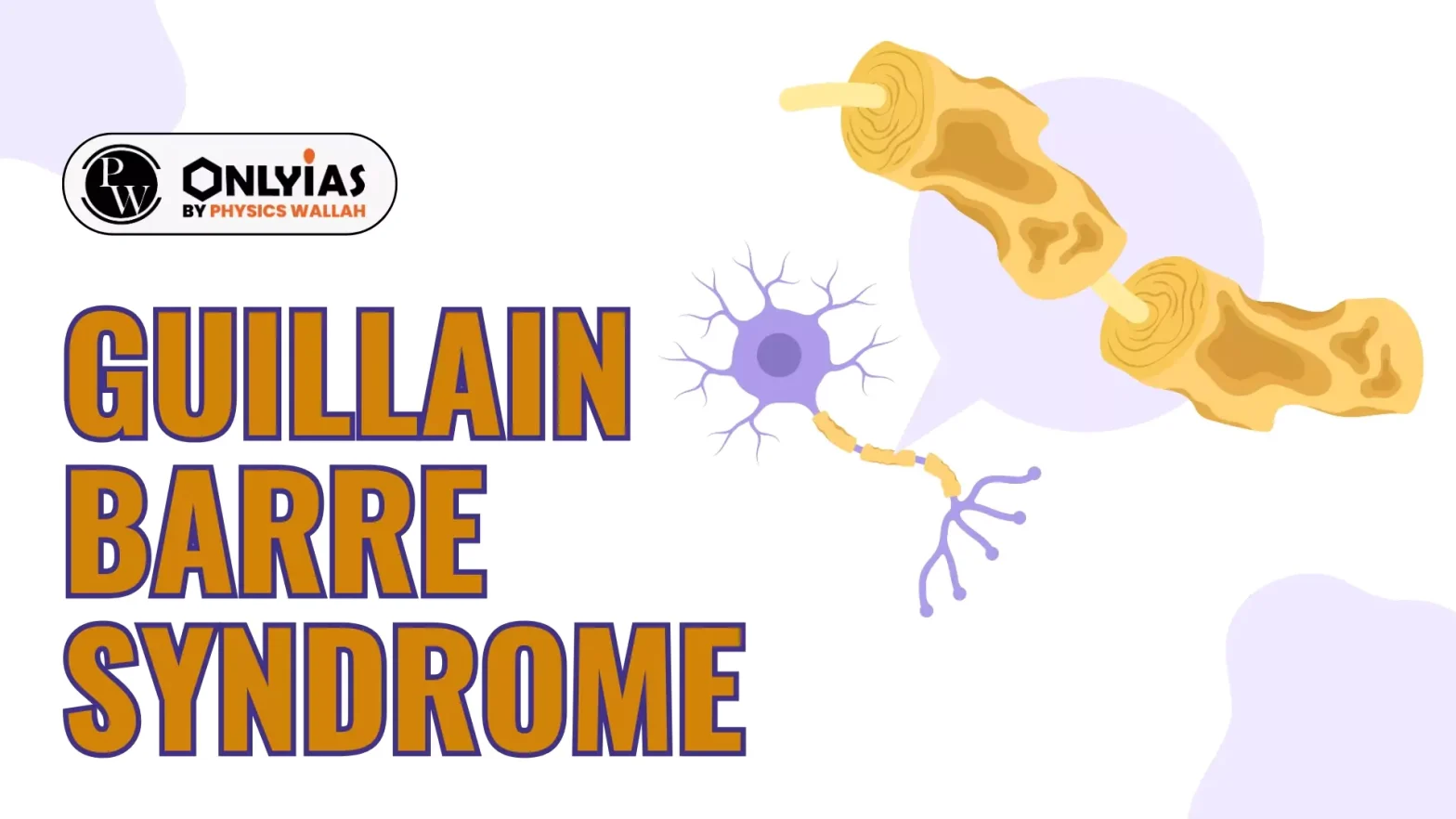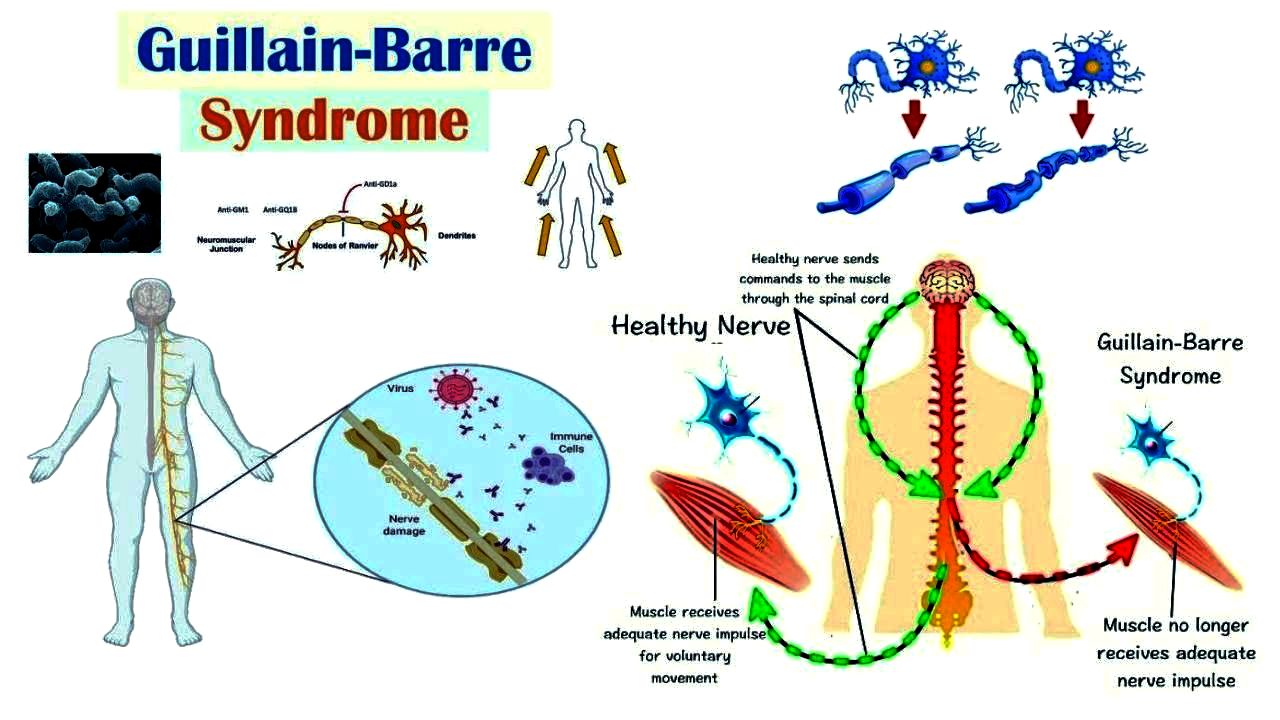What Type Of Respiratory Failure Is Caused By Guillain-barre Syndrome

The sudden inability to breathe, a terrifying prospect, becomes a reality for a significant portion of individuals diagnosed with Guillain-Barré Syndrome (GBS). This neurological disorder, where the body's immune system attacks its own nerves, can rapidly lead to paralysis, including the muscles responsible for respiration. The urgency of understanding the specific type of respiratory failure triggered by GBS is paramount for timely and effective intervention, potentially saving lives and minimizing long-term complications.
This article delves into the specific type of respiratory failure associated with GBS, the underlying mechanisms, and the implications for patient care. We will explore how the paralysis characteristic of GBS impacts respiratory function and the challenges clinicians face in managing this potentially life-threatening complication.
Respiratory Failure in Guillain-Barré Syndrome: A Deep Dive
GBS often results in acute respiratory failure, specifically, hypercapnic respiratory failure. This type of respiratory failure is characterized by an elevated partial pressure of carbon dioxide (PaCO2) in the arterial blood. This elevation signifies that the lungs are not effectively removing carbon dioxide from the body.
The primary reason for hypercapnic respiratory failure in GBS is the paralysis, or severe weakness, of the respiratory muscles. These muscles include the diaphragm, the primary muscle for breathing, and the intercostal muscles, which assist in expanding and contracting the rib cage.
Understanding the Mechanics of Respiratory Failure
When the respiratory muscles are weakened, the ability to generate sufficient inspiratory pressure to draw air into the lungs is compromised. Consequently, the tidal volume, the amount of air inhaled and exhaled with each breath, decreases.
Furthermore, the weakened muscles also affect the ability to effectively cough, hindering the clearance of secretions from the airways. This accumulation of secretions can further obstruct airflow and exacerbate the respiratory compromise.
The resulting hypoventilation leads to a buildup of carbon dioxide in the blood. This buildup then drives the body into respiratory failure, requiring intervention.
The Role of Neuromuscular Weakness
GBS is an autoimmune disorder that attacks the peripheral nerves. This attack disrupts the transmission of nerve impulses to the muscles, leading to weakness and paralysis.
The severity of respiratory involvement varies among individuals with GBS. Some patients experience mild shortness of breath, while others require immediate mechanical ventilation to sustain life.
The rate of progression of the paralysis is often rapid, sometimes occurring within hours or days. This swift decline in respiratory function underscores the need for vigilant monitoring and proactive management.
Distinguishing GBS-Related Respiratory Failure from Other Types
It is crucial to differentiate hypercapnic respiratory failure due to GBS from other types of respiratory failure, such as hypoxemic respiratory failure. Hypoxemic respiratory failure is primarily defined by low oxygen levels in the blood.
While some patients with GBS may also experience hypoxemia due to factors like pneumonia or atelectasis, the hallmark of GBS-related respiratory failure is the hypercapnia resulting from inadequate ventilation. Recognizing this distinction is key to tailoring appropriate treatment strategies.
Diagnosis and Management of Respiratory Failure in GBS
Diagnosis of respiratory failure in GBS involves assessing the patient's respiratory status through various methods. These methods includes arterial blood gas analysis, pulmonary function testing, and clinical observation.
Arterial blood gas analysis confirms the presence of hypercapnia and helps determine the severity of the respiratory failure. Pulmonary function tests can assess lung volumes and respiratory muscle strength.
Clinical observation plays a vital role in detecting early signs of respiratory distress, such as increased work of breathing, rapid breathing, and changes in mental status.
Treatment Strategies
The primary treatment for respiratory failure in GBS is supportive care, often involving mechanical ventilation. Mechanical ventilation provides respiratory support until the patient's respiratory muscles recover.
Other supportive measures include frequent suctioning to clear airway secretions, chest physiotherapy to improve lung expansion, and nutritional support to maintain muscle strength. Immunomodulatory therapies, such as intravenous immunoglobulin (IVIg) or plasma exchange (PLEX), are used to treat the underlying autoimmune process and shorten the course of the illness.
Careful monitoring for complications such as pneumonia and deep vein thrombosis is also essential.
Long-Term Outlook and Rehabilitation
The prognosis for respiratory recovery in GBS is generally good, with most patients eventually regaining the ability to breathe independently. However, the recovery process can be prolonged, requiring weeks or months of rehabilitation.
Rehabilitation focuses on strengthening the respiratory muscles, improving endurance, and weaning the patient from mechanical ventilation. Speech therapy may also be necessary to address swallowing difficulties that can arise from bulbar muscle weakness.
Some patients may experience residual respiratory weakness or fatigue even after recovery. This highlights the importance of ongoing monitoring and supportive care.
Conclusion: Addressing the Challenge of GBS-Related Respiratory Failure
Respiratory failure is a critical complication of Guillain-Barré Syndrome, demanding prompt recognition and effective management. Understanding that hypercapnic respiratory failure is the primary type, driven by neuromuscular weakness, allows clinicians to tailor interventions to support ventilation and clear secretions.
Continued research into GBS and its impact on respiratory function is essential for improving patient outcomes. Future studies should focus on identifying biomarkers to predict the risk of respiratory failure, developing more effective strategies for respiratory muscle training, and optimizing the management of long-term respiratory complications.
By enhancing our understanding and improving our management of respiratory failure in GBS, we can significantly improve the lives of individuals affected by this debilitating neurological disorder.


+-+Types-+Causes-+Risk+Factors-+Symptoms-+Diagnosis+-+Treatment+-+PACE+Hospitals.jpg)

